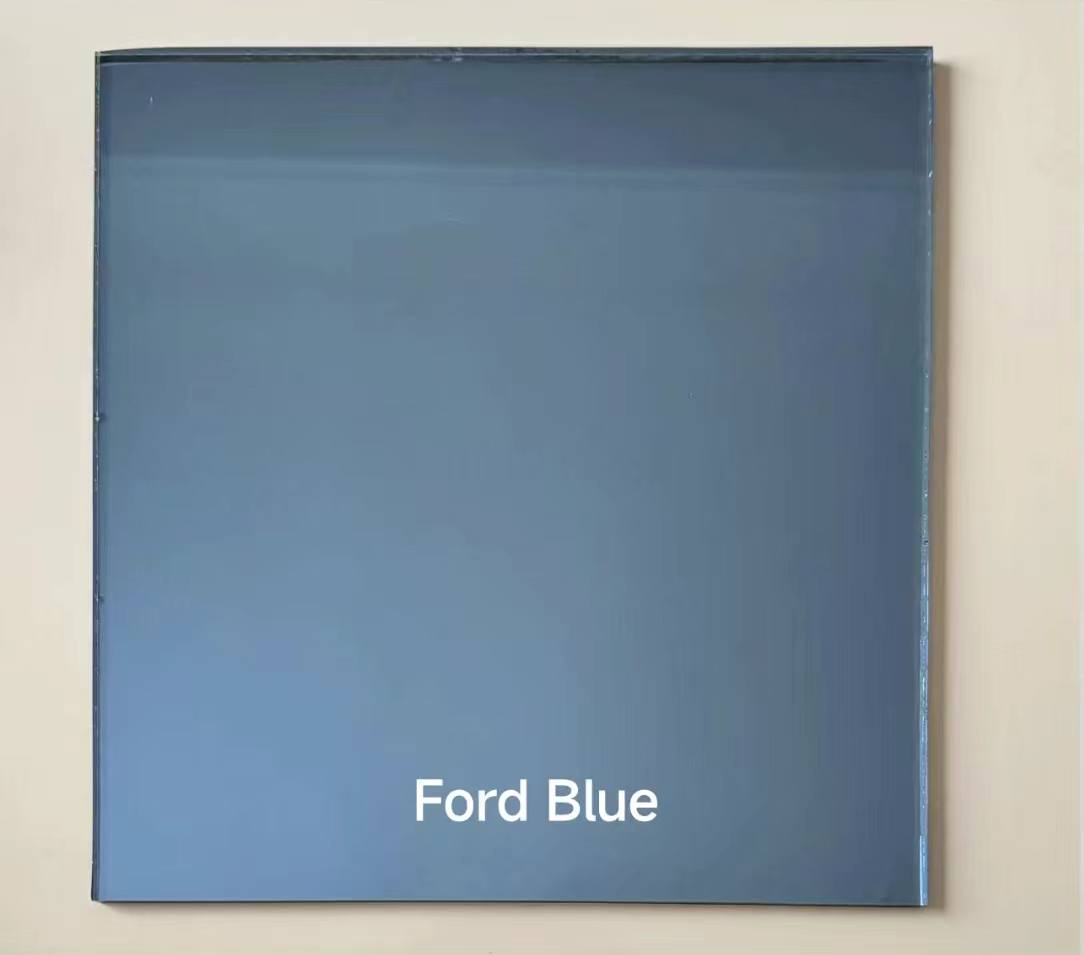

Low Energy Glass An Innovative Approach to Sustainability
In the quest for sustainability, the building and construction industry is continually seeking innovative solutions to reduce energy consumption and environmental impact. One significant advancement in this regard is the development of low energy glass. This material not only enhances the aesthetic appeal of buildings but also significantly contributes to energy efficiency.
Low energy glass, often referred to as energy-efficient or insulated glass, incorporates advanced technologies designed to minimize heat transfer. Traditional glass allows a considerable amount of heat to escape during colder months and permits excessive heat gain during warmer months. In contrast, low energy glass features special coatings and multiple glazing layers that work together to create a barrier against thermal fluctuations. This technology is instrumental in maintaining a stable indoor climate, reducing the reliance on heating and cooling systems.
The application of low energy glass in architecture and construction presents a myriad of benefits. One of the most significant advantages is the reduction of energy bills. By improving insulation properties, low energy glass can lead to considerable savings on heating and cooling costs, making it an economically viable option for both commercial and residential buildings. Furthermore, the integration of such materials aligns with global efforts to achieve greener building standards and reduce carbon footprints.

Beyond energy savings, low energy glass also enhances natural lighting within spaces. By allowing ample daylight while minimizing glare and UV exposure, these glass products create comfortable environments without the need for artificial lighting during the day. This not only improves the ambience of interiors but also supports the mental well-being of occupants.
Additionally, low energy glass contributes to the value of properties. As consumers and investors become increasingly conscious of sustainability, buildings equipped with energy-efficient technologies are perceived as more desirable. This shift reflects a broader trend towards sustainable living, where energy efficiency is a vital selling point.
In essence, low energy glass represents a pivotal step forward in sustainable building practices. By combining energy efficiency with aesthetic versatility, this innovative material addresses both environmental concerns and consumer needs. As technology evolves and the demand for sustainable solutions grows, low energy glass is positioned to play a key role in shaping the future of architecture, ultimately contributing to a more sustainable world.